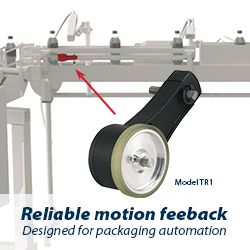Chiefs hold back on smart factories after backlash
Sharp Executive Says Plan for Foxconn LCD Plant in U.S. is Still 'On The Table'
Japan's Rust Belt Counting on Robonomics to Run Assembly Lines
Seven Career Paths Opening With the Industrial IoT
Robots won't kill the workforce. They'll save the global economy.
Trump promises to bring back manufacturing jobs, but robots won't let him
Manufacturing's Productivity Myth
How to Attract Millennials to Advanced Manufacturing Jobs
New Partnership to Define and Map the Future of Digital Manufacturing Jobs in the United States
Rise in Robotics Requires New Tax Approach, EU Report Warns
Companies, employees not quite ready for cognitive technology wave of robotics, AI, machine learning
SME Launches High School Membership Program to Build the Manufacturing Workforce Pipeline
Foxconn Replaces 60,000 Labourers With Robots in China
SME Survey Results Show Parental Misconceptions of Manufacturing Careers
Quadrant CEO Says Automation Creates More Jobs Than It Replaces by 2:1
Records 76 to 90 of 92
First | Previous | Next | Last
Featured Product

